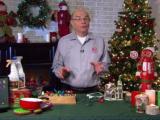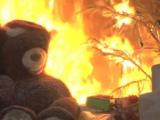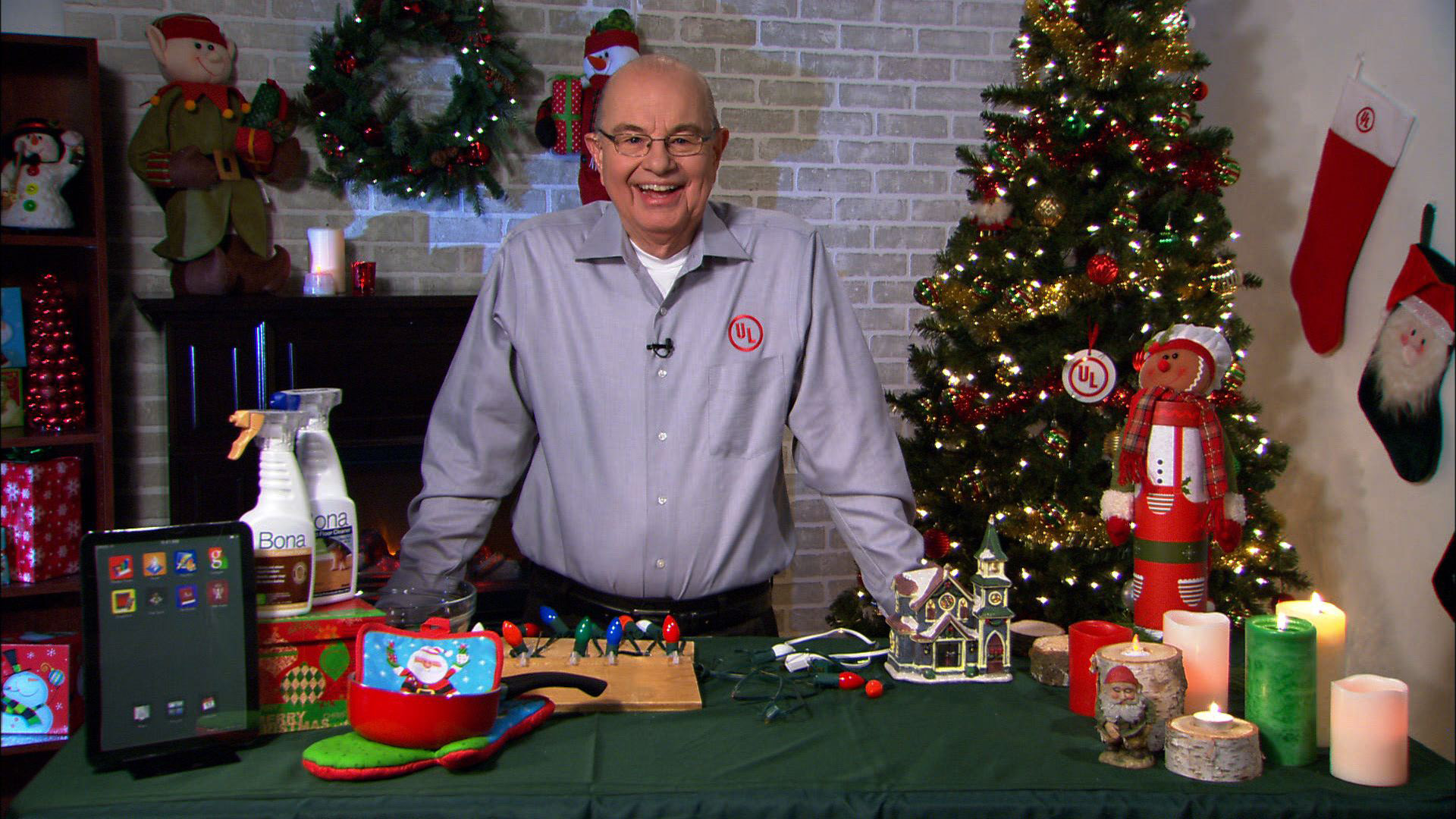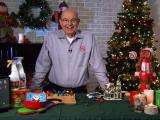Media Contact
Michelle Press
847-664-1966
[email protected]
UL Provides Tips to Keep Families and Homes Safe During Holiday Celebrations
While house fires are much more common during the holiday season, the risks are further compounded by new building processes and synthetic materials, causing today’s homes to burn eight times faster than they did 50 years ago. Advances in home construction and manufacturing have helped make homes easier to build and maintain – and more energy efficient – but they have also created new dynamics that increase the damage from fires. With more lights, cooking and flammable decorative items in the home, consumers should be even more mindful of fire risks during the holiday season.
For many American families, the holidays begin when they set up the Christmas tree. But, for some, this holiday tradition comes with often overlooked safety hazards. NFPA reports that Christmas tree fires cause numerous injuries and fatalities, with an estimated $18.3 million in property damage each year. To mitigate the fire risk of Christmas trees:
- Run your fingers through the needles to make sure they are fresh when buying a tree. Trees that have dry needles burn faster.
- Before you bring your tree home, cut a few inches off the bottom. This helps the tree absorb more water.
- Keep the tree base filled with water at all times, as it reduces the risk of fire. Check daily to ensure there is enough water in the base.
“It’s a good idea to keep Christmas trees a safe distance from fireplaces, radiators and other sources of heat as they tend to dry out the tree much more quickly,” said John Drengenberg, director of consumer safety at UL. “And while we all love the holidays, it is important to know your tree’s expiration date. Fresh cut trees tend to dry out after about four weeks and should be taken down.”
If you plan to purchase a pre-lit artificial Christmas tree, be sure to look for trees that bear the UL Mark as this indicates they meet fire safety standards. Beyond the tree, holiday decorating carries fire risks and other safety concerns as well – from festive candles and stockings by the fireplace, to strings of lights and outdoor décor. Exercise care when decorating for the holidays by:
- Carefully inspecting last year’s decorations when taking them out of storage. Wear-and-tear like cracked sockets, frayed wires and loose connections may pose a fire or shock hazard.
- Making sure lights and décor are appropriate for indoor and outdoor use. To do this, look for the UL Mark on the label of thousands of holiday decorative items. The red UL Mark indicates the item is safer for use both indoors and outdoors, while the green UL Mark means the item is for use only indoors.
- Keeping holiday candles away from items that easily catch fire. Candles can also affect the air we breathe, so use unscented candles with lead-free wicks, or alternatively, use LED candles which keep air pollutants out of your home and reduce the risk of fire.
“Don’t try and fix frayed wires or cracked ornaments – throw them out instead,” advises Drengenberg. “Replace those outdated, incandescent light strings with UL-certified, energy-efficient LED lights which use 75 percent less energy and last years longer.”
According to a PwC forecast, more consumers will entertain at home this holiday season. Safe holiday home entertaining tips include:
- Never leave ovens or stoves unattended for long periods of time while preparing your big holiday meal.
- If need to walk away from the kitchen, take an oven mitt – this is a good reminder that something is cooking or baking.
- Prepare for holiday guests by cleaning your home with healthier cleaners. Many household cleaners emit toxic chemicals that can trigger health problems like asthma and allergies.
“Holiday celebrations bring more guests into the home, which means more cooking and cleaning,” continued Drengenberg. “When cooking, it’s a good idea to turn the handles of pots inward – people are often injured by hot food because of coming in to contact with handles hanging over the edge of the stove. When cleaning, look for GREENGUARD-certified products, which indicate the cleaners have undergone rigorous scientific testing to determine their effects on indoor air.”
For more information about keeping your home safe this holiday season and all year round, visit www.ul.com.
About UL
UL is a premier global independent safety science company that has championed progress for 120 years. Its more than 10,000 professionals are guided by the UL mission to promote safe working and living environments for all people. UL uses research and standards to continually advance and meet ever-evolving safety needs. We partner with businesses, manufacturers, trade associations and international regulatory authorities to bring solutions to a more complex global supply chain. For more information about our certification, testing, inspection, advisory and education services, visit http://www.UL.com.
# # #
Video Gallery
Photo Gallery
Download Videos
Holiday Lights BrollRelated Links
UL Fire Safety UL Consumer Safety Seasonal Lighting Safety







